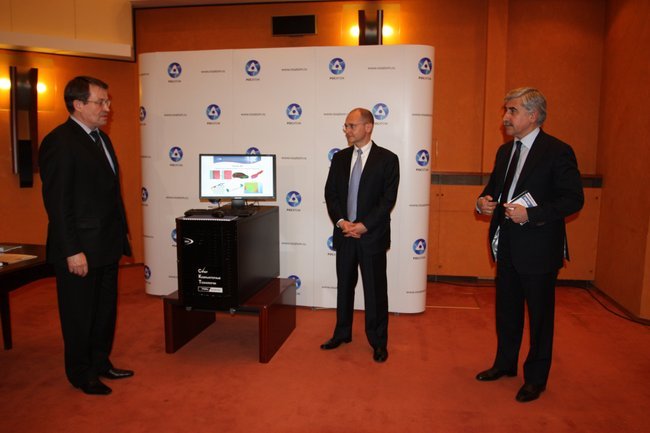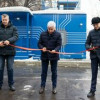В ядерном центре в Сарове изготовили более 60 суперкомпьютеров

Специалисты из Федерального ядерного центра в Сарове передали российским промышленным предприятиям уже более 60 суперкомпьютеров, сообщил первый заместитель гендиректора Росатома Иван Каменских.
«Сейчас число суперкомпьютеров, поставленных нами в промышленность, превышает шесть десятков», – уточнил Каменских, передает .
По его словам, создание суперкомпьютерного комплекса выполнялось в рамках проекта Комиссии при президенте России по модернизации и технологическому развитию экономики России.
В части создания универсальных машин эта программа была успешно выполнена, а по ряду позиций, в том числе и по поставкам этих мобильных комплексов, перевыполнена, подчеркнул Каменских.
Другие публикации по теме
 Национальный центр физики и математики: план развития одобрен экспертами
СаровНа финише второго с момента зарождения НЦФМ года экспертная ...я социальное, технологическое, научное и образовательное пространства.
Национальный центр физики и математики: план развития одобрен экспертами
СаровНа финише второго с момента зарождения НЦФМ года экспертная ...я социальное, технологическое, научное и образовательное пространства. Саровский ядерный центр представил «Логос ЭМИ»
«Логос ЭМИ» — новый модуль пакета программ инженерно...одуль предназначен для численного моделирования электромагнитных процессов.
Саровский ядерный центр представил «Логос ЭМИ»
«Логос ЭМИ» — новый модуль пакета программ инженерно...одуль предназначен для численного моделирования электромагнитных процессов. В МАИ открыли второй корпус суперкомпьютера
13 февраля в Московском авиационном институте состоялось открытие втор...ской индустрии с использованием методов математического моделирования.
В МАИ открыли второй корпус суперкомпьютера
13 февраля в Московском авиационном институте состоялось открытие втор...ской индустрии с использованием методов математического моделирования.
Поделись позитивом в своих соцсетях

01.08.1311:13:27
01.08.1311:21:50
01.08.1311:32:07